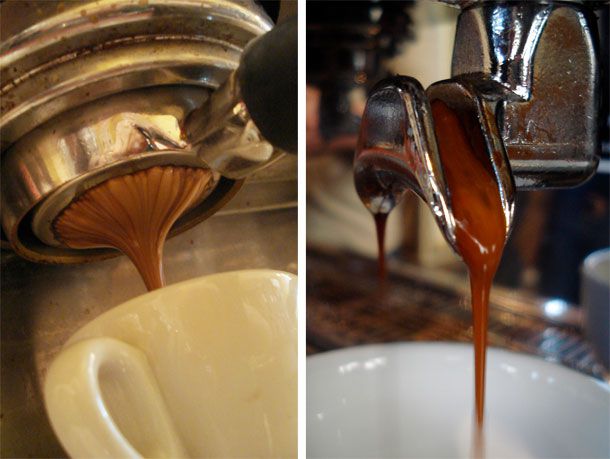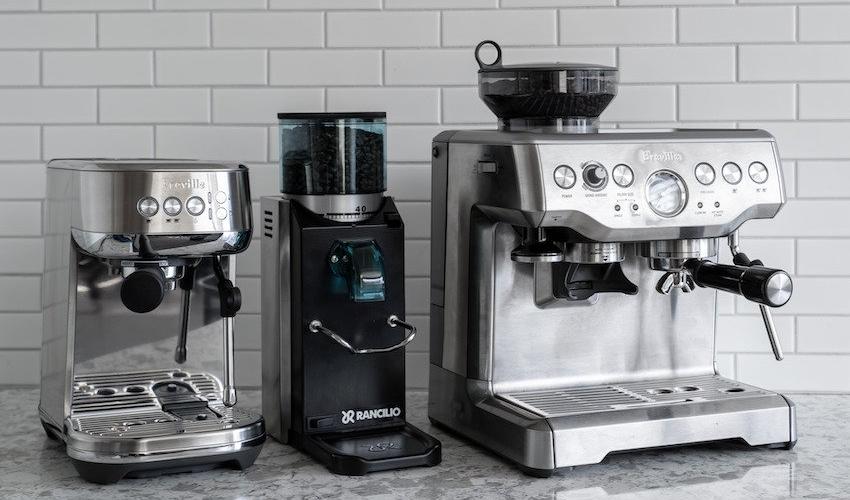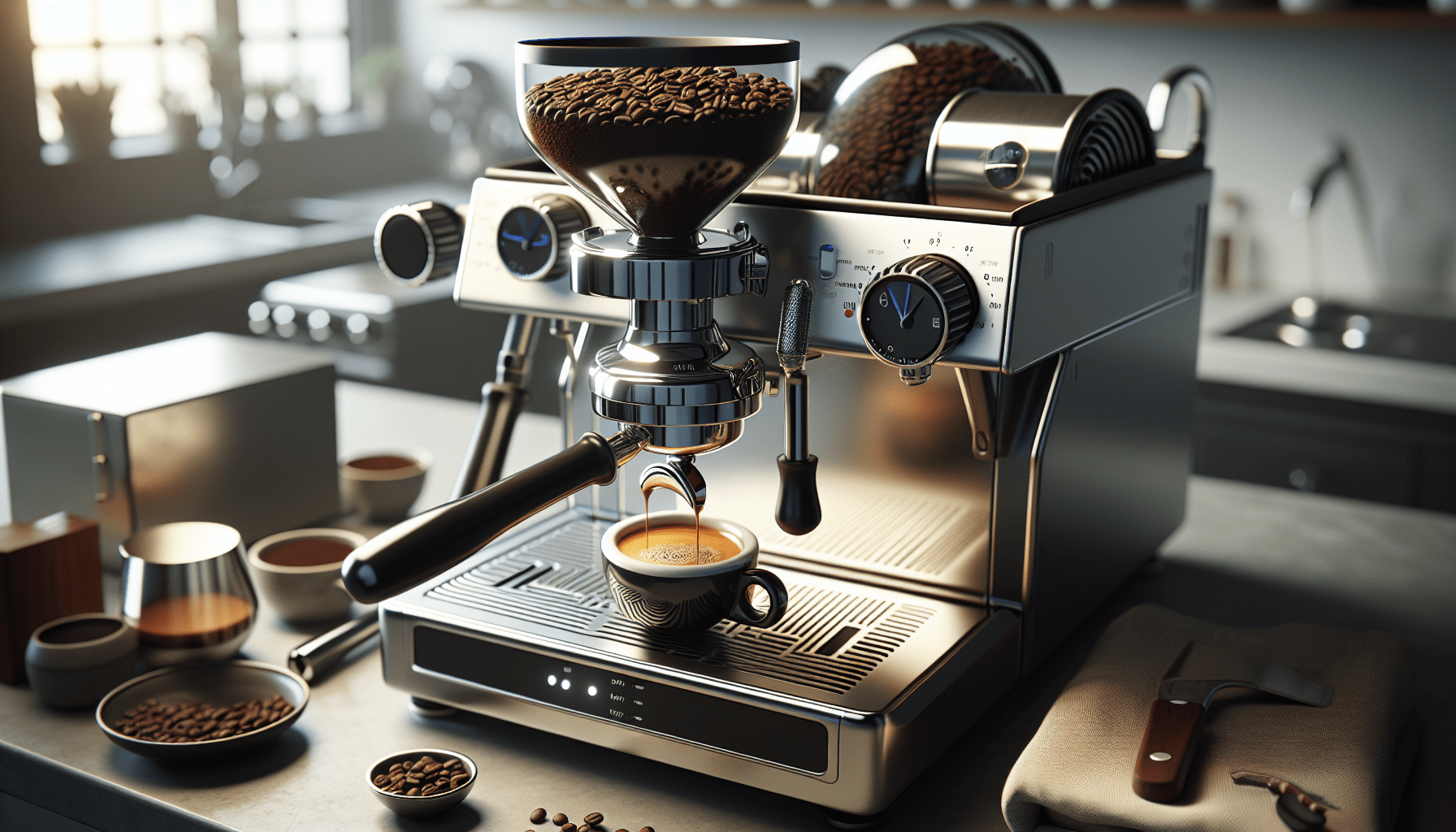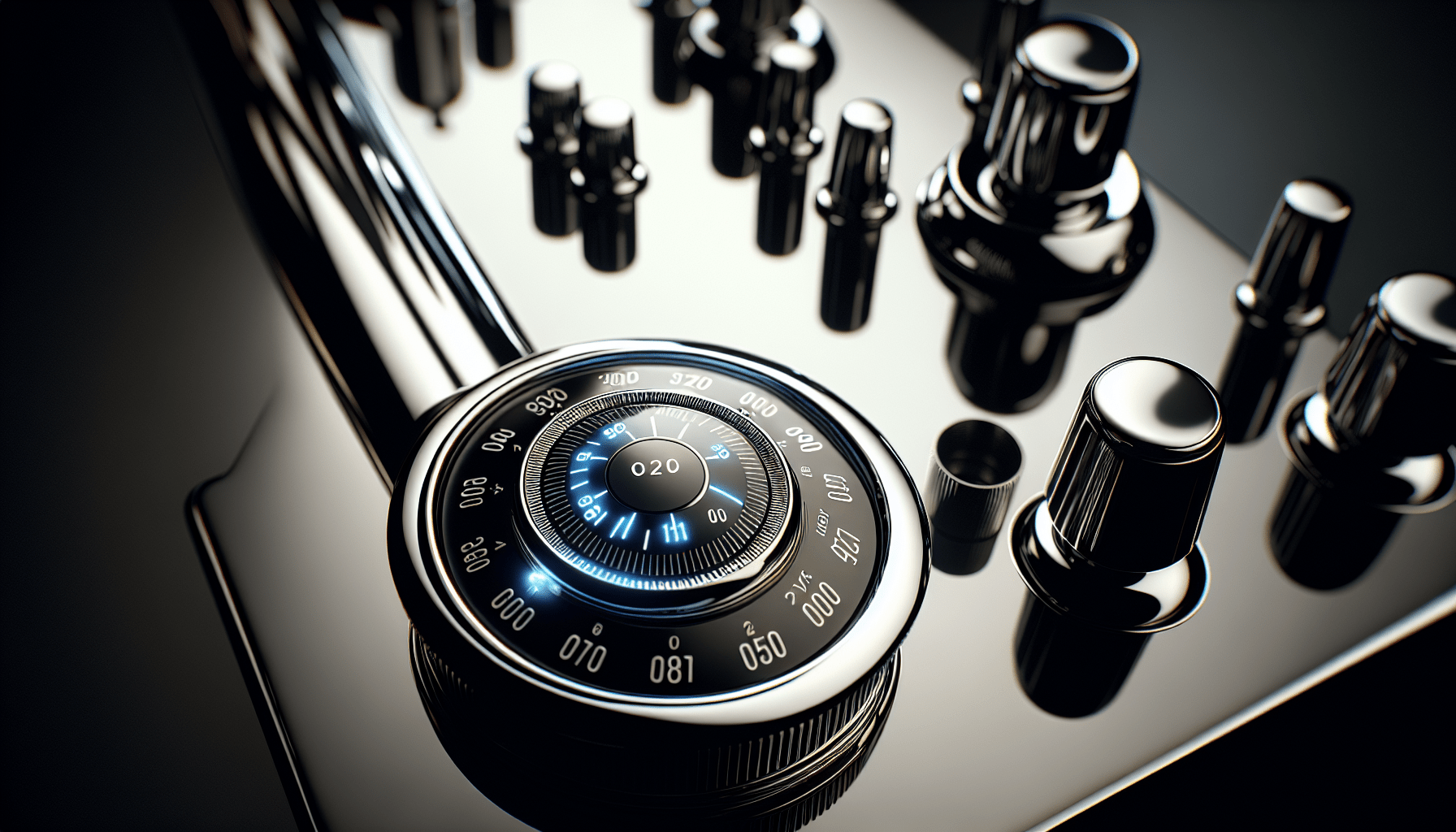How do I calibrate the grinder for optimal espresso extraction?
Understanding the Importance of Calibrating Your Grinder
To achieve the perfect espresso shot, it is essential to calibrate your grinder properly. A well-calibrated grinder ensures that your coffee grounds are consistent in size, which is crucial for even extraction. Inconsistent grind size can lead to over-extraction or under-extraction, resulting in a bitter or sour taste in your espresso. By taking the time to calibrate your grinder correctly, you can ensure that you get the best possible extraction every time you make a shot of espresso.
Benefits of Calibrating Your Grinder
Calibrating your grinder offers several benefits that directly impact the quality of your espresso. It allows you to control the extraction time, which is key to achieving the perfect balance of flavors in your espresso. By ensuring that your grinder is properly calibrated, you can also prevent channeling, which occurs when water flows through the coffee unevenly, resulting in an under-extracted espresso shot. Additionally, a well-calibrated grinder can enhance the body and crema of your espresso, providing a more enjoyable drinking experience.
Steps to Calibrating Your Grinder
Calibrating your grinder may seem like a daunting task, but with the right tools and techniques, it can be a straightforward process. Here are the steps you need to follow to calibrate your grinder for optimal espresso extraction:
Step 1: Clean Your Grinder
Before you begin the calibration process, make sure to clean your grinder thoroughly. Remove any old coffee grounds and oil residue from the burrs and hopper using a grinder brush. Cleaning your grinder ensures that there are no stale coffee particles that could affect the flavor of your espresso.
Step 2: Set the Grind Size
Start by setting your grinder to the appropriate grind size for espresso. The ideal grind size for espresso is fine and powdery, similar to table salt. Adjust the grind size on your grinder until you achieve the desired texture. It may take some trial and error to find the perfect grind size for your espresso machine, so be patient and make small adjustments as needed.
Step 3: Measure the Coffee Dose
Next, measure the amount of coffee you are using for each shot of espresso. The standard dose for a single shot of espresso is around 7-9 grams, while a double shot typically requires 14-18 grams. Use a digital scale to ensure accuracy and consistency in your dosing. Adjust the amount of coffee based on your taste preferences and the size of your portafilter.
Step 4: Check the Dosage Output
Once you have set the grind size and measured the coffee dose, it’s time to test the dosage output of your grinder. Grind a small amount of coffee and weigh the grounds to ensure that you are getting the correct dose for each shot of espresso. If the dosage output is too high or too low, adjust the grind size accordingly until you achieve the desired dose.
Step 5: Adjust the Grinding Time
The grinding time also plays a critical role in espresso extraction. A longer grinding time can lead to over-extraction, while a shorter grinding time may result in under-extraction. Experiment with the grinding time on your grinder to find the optimal duration for your espresso. Keep in mind that the ideal grinding time may vary depending on the type of coffee beans you are using and the roast level.
Step 6: Test the Extraction
After you have calibrated your grinder according to the steps above, it’s time to test the extraction of your espresso. Pull a shot of espresso using the calibrated settings and observe the flow rate and crema. The extraction should take around 25-30 seconds, with a thick, golden crema on top. If the extraction is too fast or too slow, adjust the grind size and dosage output until you achieve the perfect shot of espresso.
Troubleshooting Common Calibration Issues
Even after following the calibration steps, you may encounter some common issues with your grinder that affect espresso extraction. Here are some troubleshooting tips for addressing these common calibration problems:
Problem 1: Uneven Extraction
If you notice that your espresso shot is coming out unevenly, with patches of lighter or darker color, it may be due to uneven grinding. Inconsistent grind size can cause channeling, where water flows through gaps in the coffee puck, resulting in an imbalanced extraction. To address this issue, try adjusting the grind size to achieve a more uniform particle size distribution.
Problem 2: Bitter or Sour Taste
A bitter or sour taste in your espresso is a sign of over-extraction or under-extraction, respectively. If your espresso is too bitter, it may be due to a fine grind size or too much coffee dosing. On the other hand, if your espresso tastes sour, it may be because of a coarse grind size or insufficient coffee dose. Experiment with the grind size, dosage output, and extraction time to find the right balance of flavors in your espresso.
Problem 3: Slow Extraction
A slow extraction, taking longer than 30 seconds, can result in an over-extracted espresso shot with a bitter taste. This issue is typically caused by a fine grind size or too much coffee dosing. Adjust the grind size to make it coarser and reduce the coffee dose to speed up the extraction process. Keep testing and making adjustments until you achieve the desired extraction time for your espresso.
Problem 4: Fast Extraction
Conversely, a fast extraction, lasting less than 20 seconds, can lead to an under-extracted espresso shot with a weak flavor. This problem is often caused by a coarse grind size or insufficient coffee dosing. Increase the grind size to make it finer and adjust the coffee dose to ensure a balanced extraction. Fine-tune the extraction time to achieve the optimal 25-30 second range for the best results.
Conclusion
Calibrating your grinder is a crucial step in achieving the perfect espresso extraction every time. By following the steps outlined in this guide and troubleshooting common calibration issues, you can enjoy a delicious cup of espresso with a rich crema and balanced flavor profiles. Remember to be patient and persistent in your calibration efforts, as finding the right settings for your grinder may take some trial and error. With practice and attention to detail, you can master the art of espresso extraction and impress your taste buds with a truly exceptional coffee experience.




